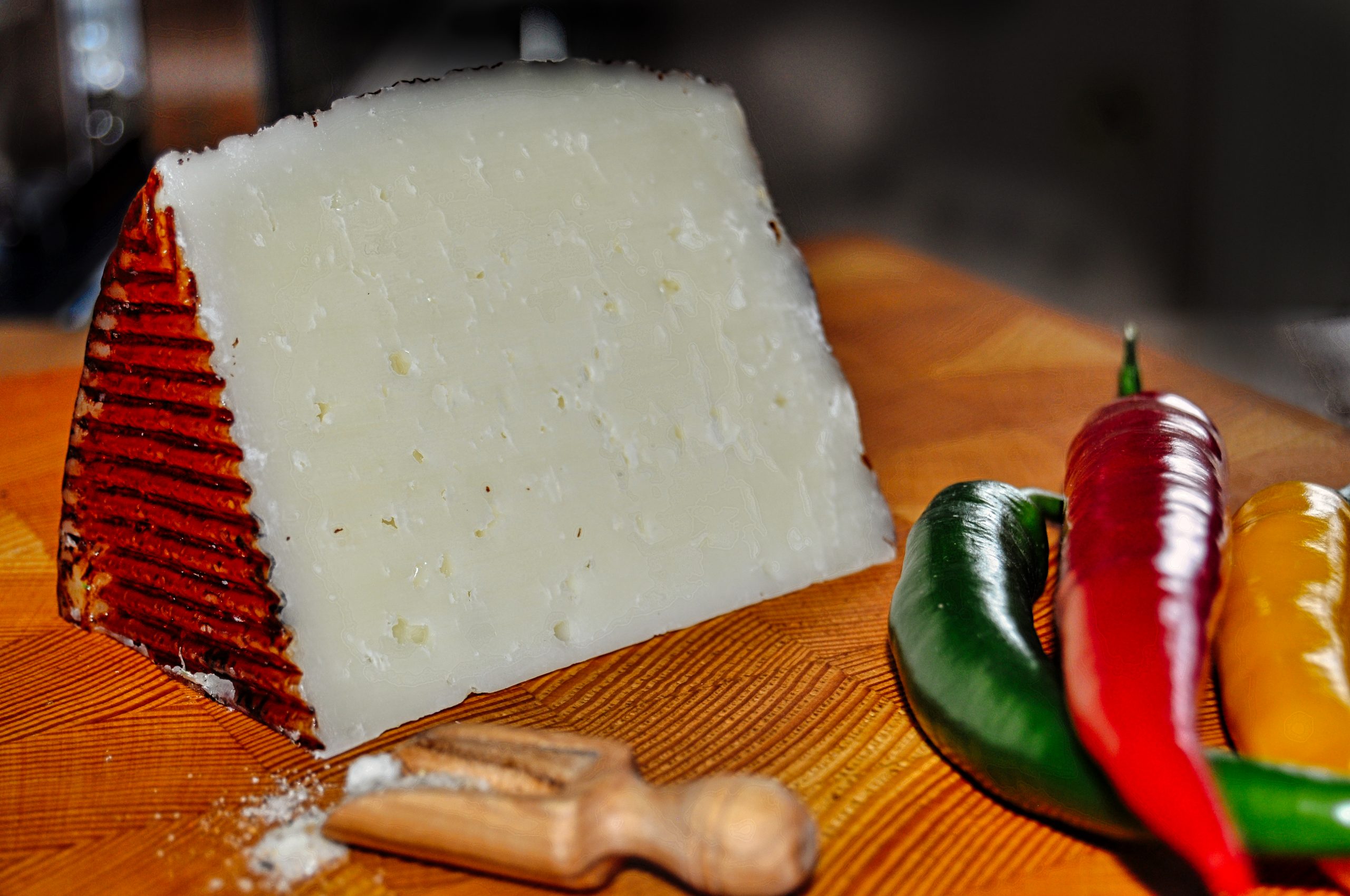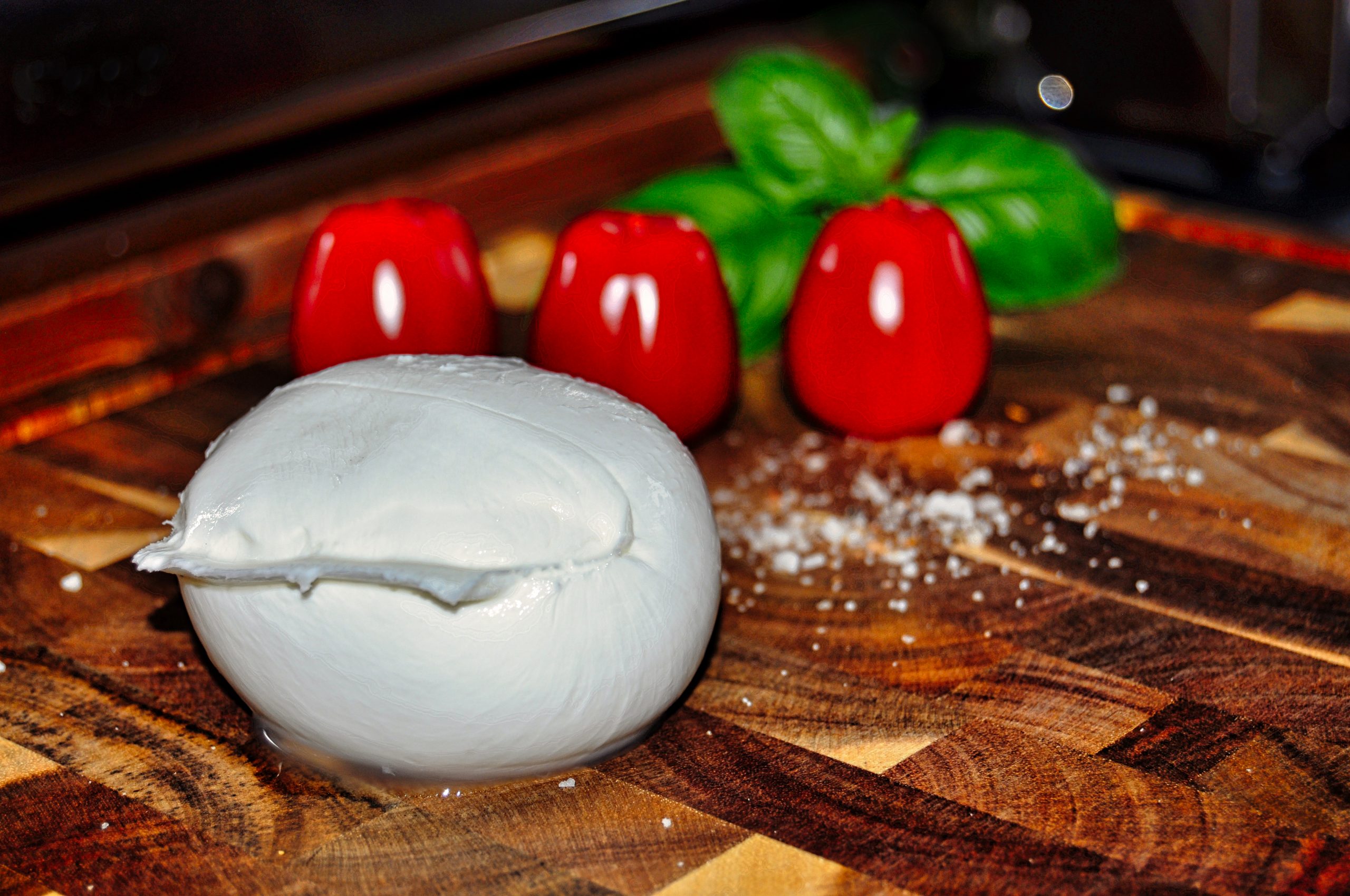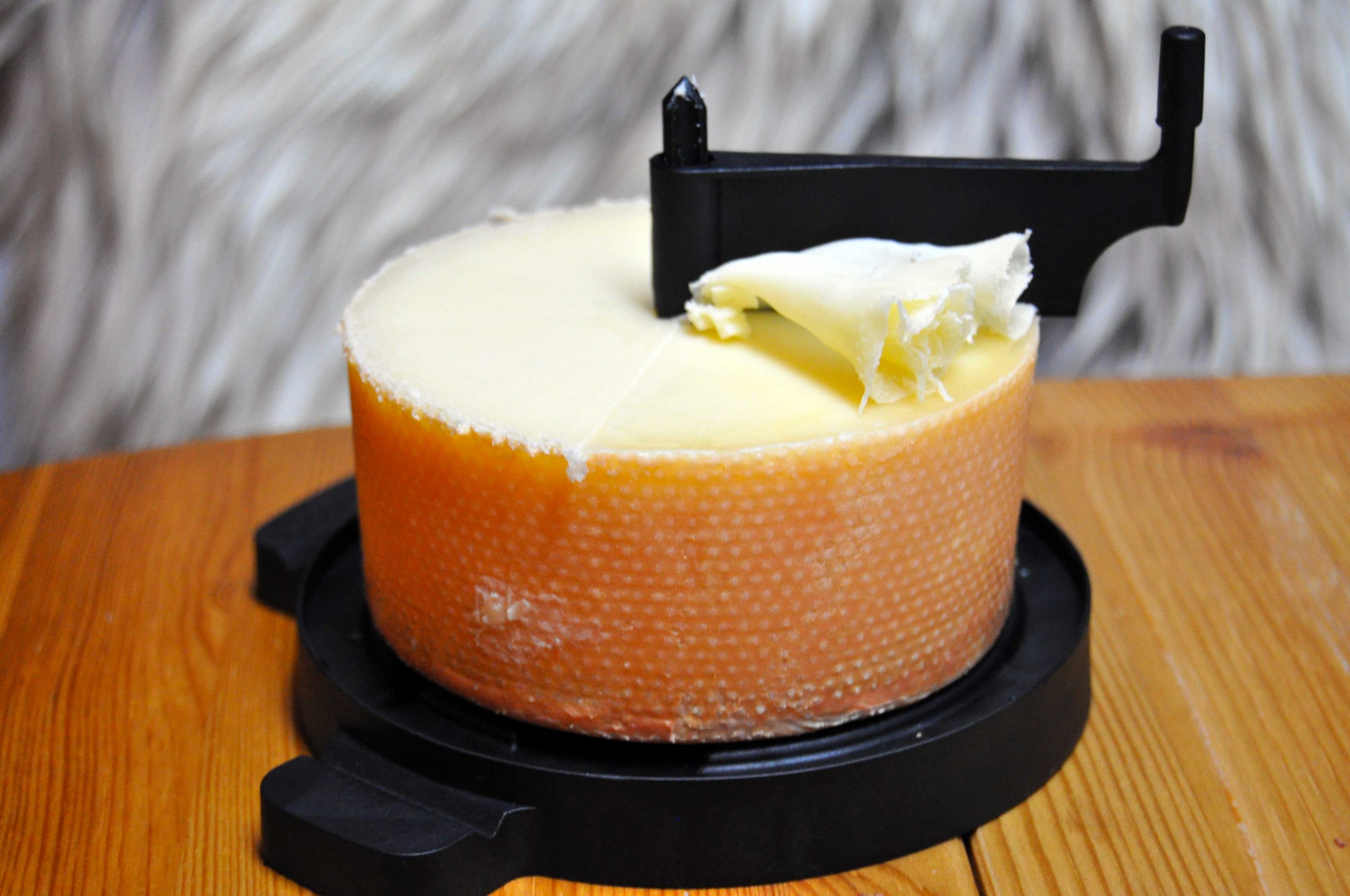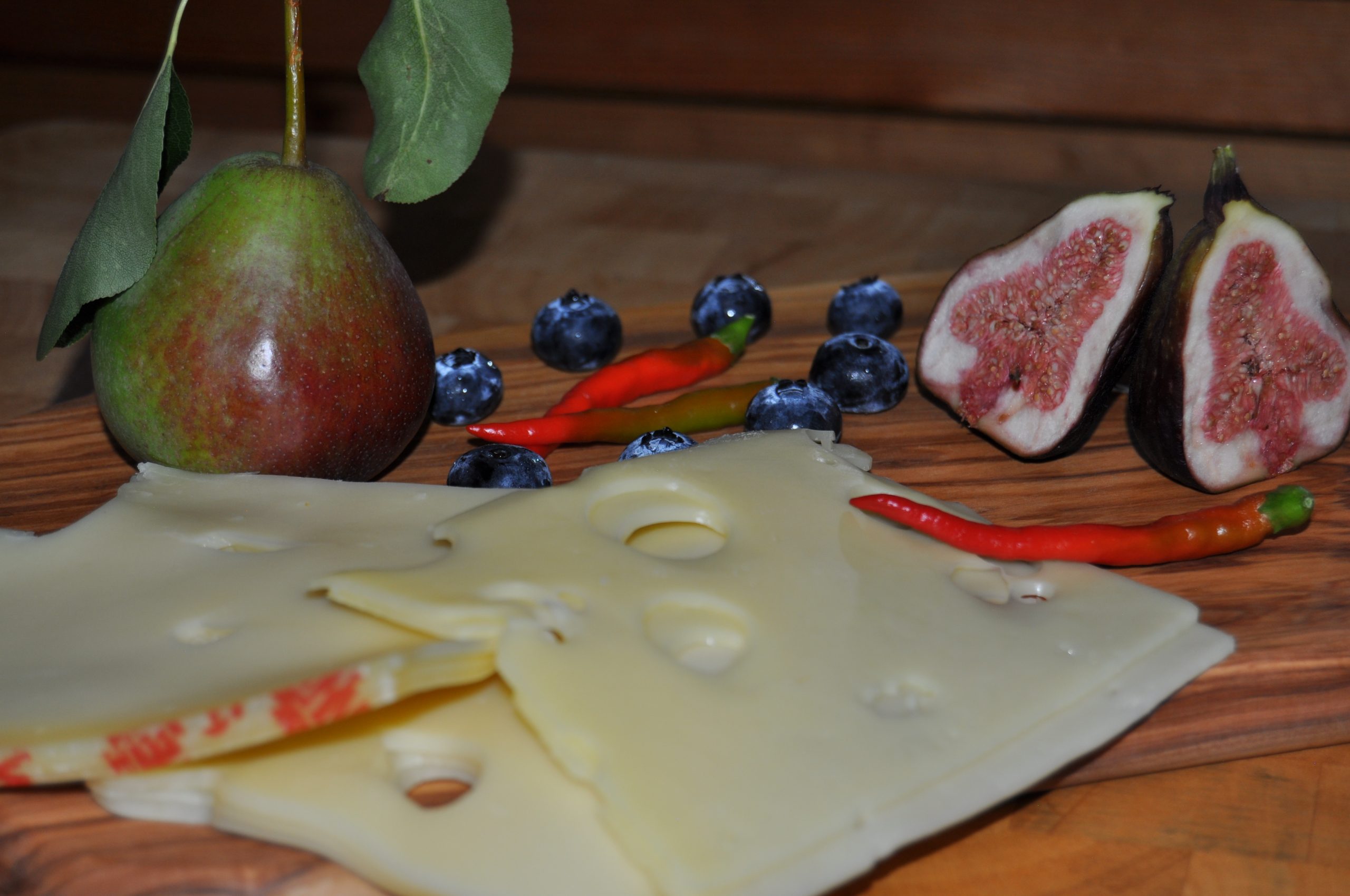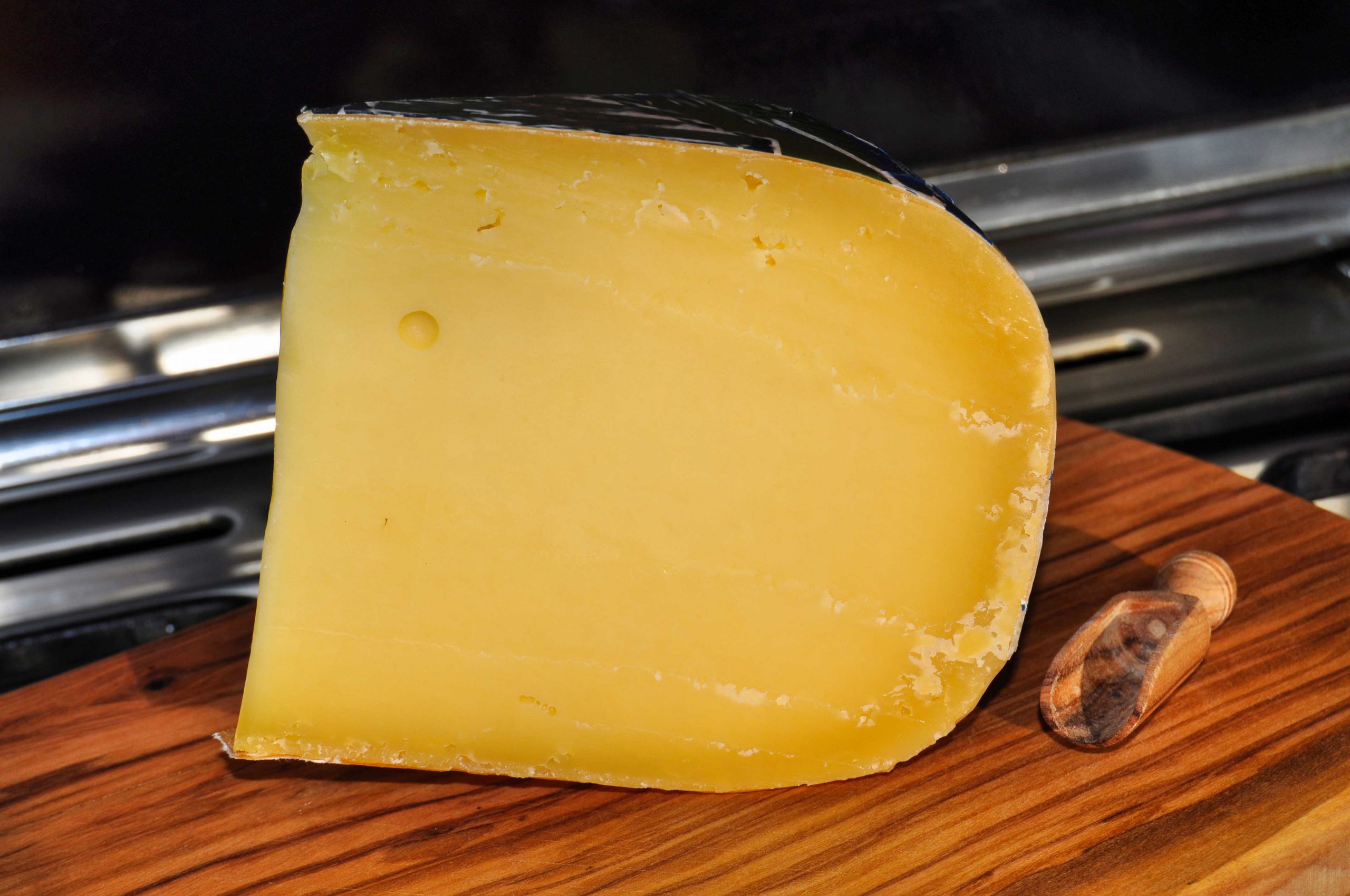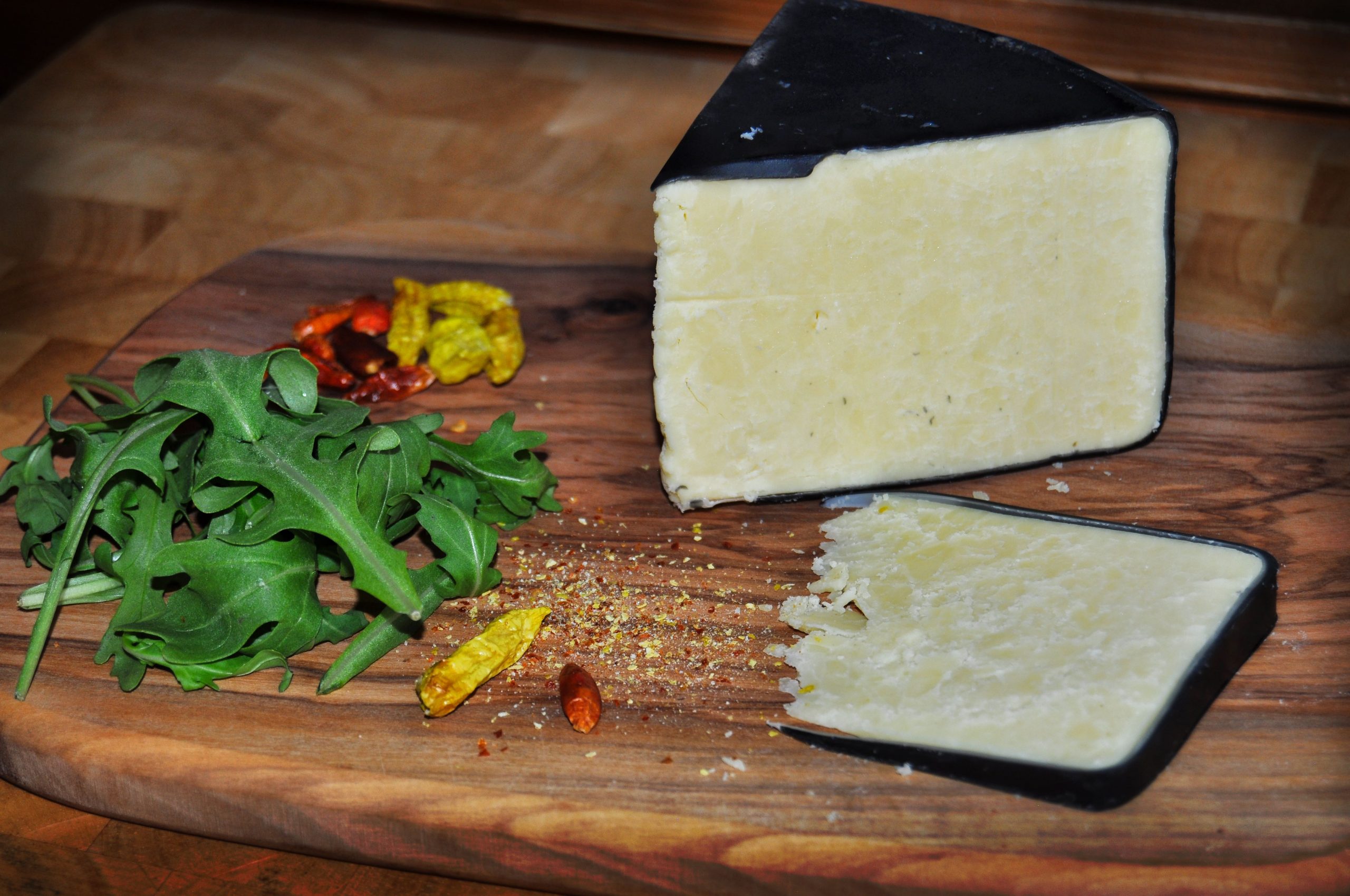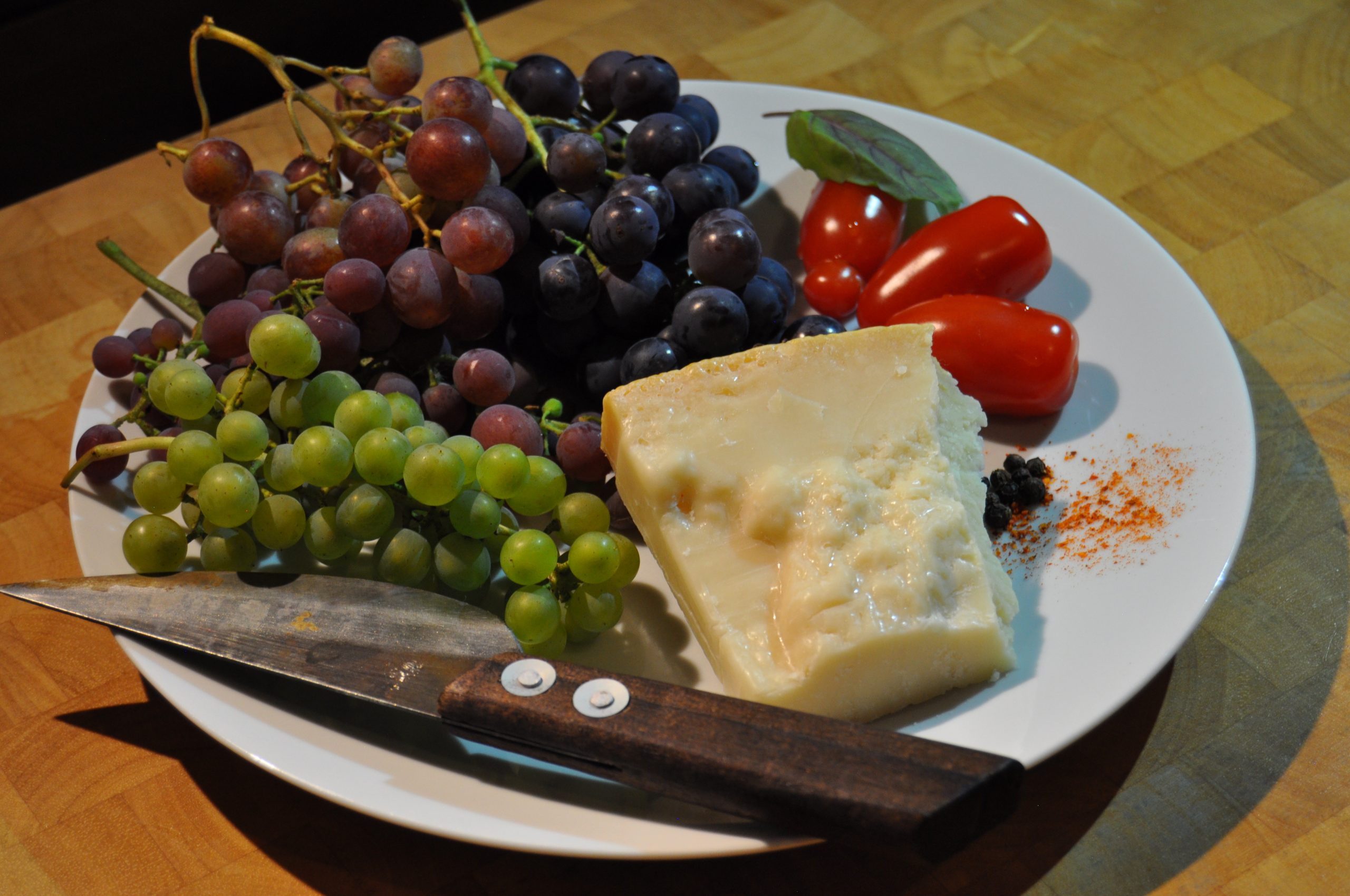Parmigiano Reggiano, known as Parmesan cheese, is named after the Italian province of Parma, where it was first produced 1500 years ago. Parmesan is obtained from cow’s milk and is a dry, very flavorful cheese. It is characterized by its yellow color, the rind is hard and has a brown to blackish color. Parmesan is one of the most protein-rich cheeses: a 100g piece of Parmesan cheese contains almost 40g of protein.
Parmigiano Reggiano is said to have been first marketed around the year 1200: Parmesan is said to have arrived in Genoa as early as 1254 – the city is very far from the Parmesan production area. In the 14th century, Parmesan spread further – Parmigiano Reggiano was now also known in Romagna, Piedmont and Tuscany.
Monks
Similar to the Swiss cheese Tête de Moine, monks played a major role in the invention of Parmesan: in the Middle Ages, Benedictine monks were looking for a long-lasting and lucrative cheese that could be preserved. The salt from the Salsomaggiore salt flats and the cows on the monasteries’ farms paved the way for the production of Parmesan cheese in Parma.
By 1400, Parmesan cheese was already so popular that producers were considering a significant increase in production. Consequently, the weight of the cheese loaves also increased: a loaf of Parmesan cheese now weighed 18 kilograms.
Without Parmesan cheese having been protected so early, it would hardly be recognized in its current form.
Protected origin – still controversial today
Early on, producers of Parmesan cheese considered it necessary to have a protected designation of origin: On August 7, 1612, the Duke of Parma passed a law making the designation of origin “di Parma” official for Parmesan cheese, among others. Thus, the Duke of Parma was a pioneer in the field of designations of origin: The protection of Parmesan cheese was the beginning of the Protected Designations of Origin now in use throughout Europe, which also provides legal protection for numerous other cheeses. August 7, 1612 was thus a decisive day in the history of Parmesan cheese – without Parmesan cheese having been protected so early, it would hardly be recognized in its current form.
Even after almost 400 years, the protection of Parmesan cheese remains a hot topic for the producers of the Italian hard cheese: the trade consortium responsible for marketing Parmesan cheese decided in 2022 to embed microchips in 100,000 wheels of cheese to combat counterfeiting of the cheese and identify fake cheese. If the system proves successful, the company hopes to use it in all cheese wheels in the future.
In the 18th century, there were repeated wars and disputes in the duchies of Parma and Modena –this century is still a dark passage in the history of Parmesan, as production was cut back enormously.
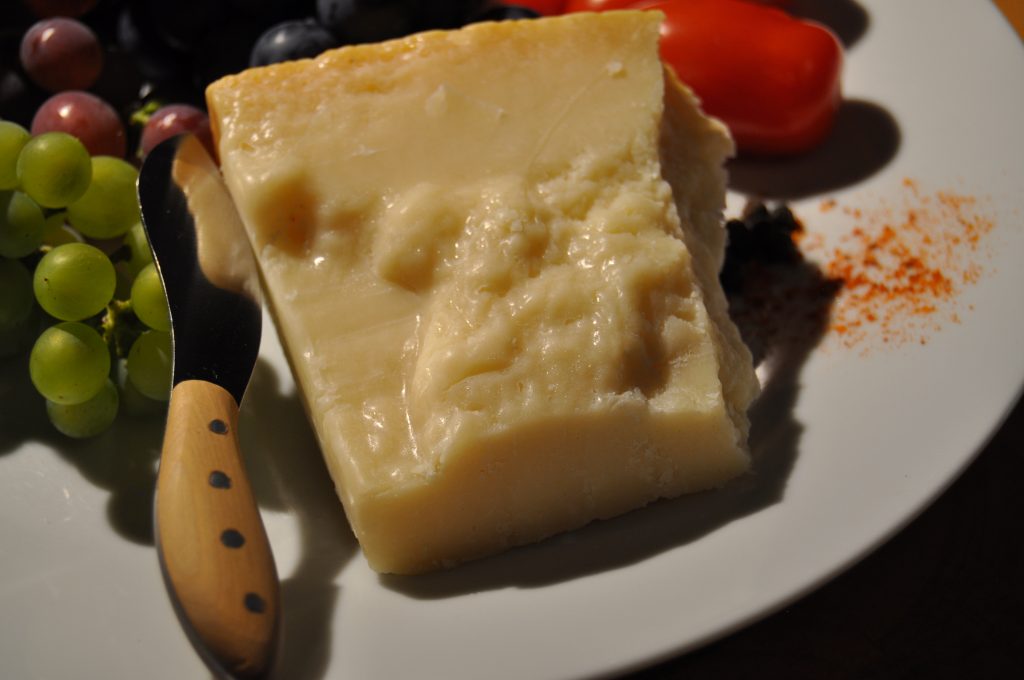
Production of Parmesan cheese
Approximately 13.5 liters of milk are required for one kilogram of Parmesan cheese – accordingly, one loaf of Parmigiano Reggiano requires approximately 520 liters of milk. It is crucial that the untreated and silage-free raw milk is brought to the cheese dairy within two hours of milking. The milk from the evening milking rests in copper vats in the dairy until morning. The next morning, the cream layer is skimmed off and the partially skimmed milk is mixed with the whole milk from the morning milking.
The milk is then warmed and lactic ferment from the previous day is added. By adding calf rennet, coagulation is initiated – with the help of the cheese harp (ital. spino), the curd is obtained from the coagulated milk. Now the curd is gently heated so that casein and whey are separated.
Once heating is complete, the cheese granules sink to the bottom of the copper vat: here the granules are lifted out on large cloths. The excess whey drips off and is used as feed for fattening pigs.
The cheese mass now obtained rests for two to three days in round molds called fascere.
In these molds, the cheese body acquires its typical round shape: Within three weeks, the loaves are repeatedly immersed in brine to preserve the cheese.
This is followed by the ripening period of the cheese: for this purpose, the cheese is taken to air-conditioned storage rooms and cellars, where it is kept for at least twelve months. During this ripening period, the wheels are regularly turned and cleaned.
Maturation period
After the minimum one-year ripening period, each wheel is subject to an inspection: perfect wheels are either removed – usually a Parmesan cheese ripens for two years – or left in the ripening cellar for a longer ripening period. The maturity levels of Parmesan cheese are divided as follows:
- 12 months matured Parmesan: nuovo
- 24 months: vecchio
- 36 months: stravecchio
- 48 months: stravecchione
- 72 months: extra stravecchione
Parmesan cheese aged for six years is very rarely sold: because of the unusually long aging period and the consequently very high price, such a long aging period is not considered very profitable. The vast majority of Parmesan cheeses on the market, both fresh and packaged, have an age of 24 to 48 months.
Renaissance of Parmigiano Reggiano
Over the centuries, relatively little has changed in the production and marketing of Parmesan cheese: The early 20th century saw some innovations such as steam heating, but basically little changed in the production process.
Despite many efforts, the name Parmigiano Reggiano became diluted over the years: after the Second World War, there was an initiative to bring the name Parmigiano Reggiano back to life and to define which cheese dairies were allowed to call their cheese by that name. This initiative today forms the basis for which cheeses from Parma are allowed to bear the designation Parmigiano Reggiano. In 1996, the recognition as a European Protected Designation of Origin followed.
In addition to the degree of ripeness, another factor is decisive in the taste of Parmesan cheese: the season in which the milk used for the cheese was obtained.
Dishes with Parmesan
Countless Italian dishes are based on the use of Parmesan cheese: its strong and spicy flavor enriches numerous pasta and pesto dishes. In addition to the degree of ripeness, another factor is decisive in the taste of Parmesan cheese: the season in which the milk used for the cheese was obtained. Parmesan cheese is usually served grated: A tomato sauce with spaghetti and grated Parmesan cheese is a classic of Italian cuisine. Rarely, Parmigiano reggiano is also eaten plain: For this, the cheese is broken into pieces and spread with honey or aceto balsamico. There is a special knife for cutting Parmesan cheese: the Parmesan knife is a short, almond-shaped knife that is used to score and break the cheese in order to preserve its natural structure.
Long tradition
Hardly any other Italian hard cheese is as important in Italian cuisine as Parmesan cheese: some dishes would be unthinkable without the nutty and spicy flavor of Parmesan. The cheese from Parma has a long tradition: in the beginning there was the need of Italian monks to produce a durable and productive cheese. From then on, Parmesan cheese had a steep career: Today, Parmesan cheese is one of the most appreciated traditional Italian cheeses all over the world.
Cover picture: © Simon von Ludwig

 Deutsch
Deutsch